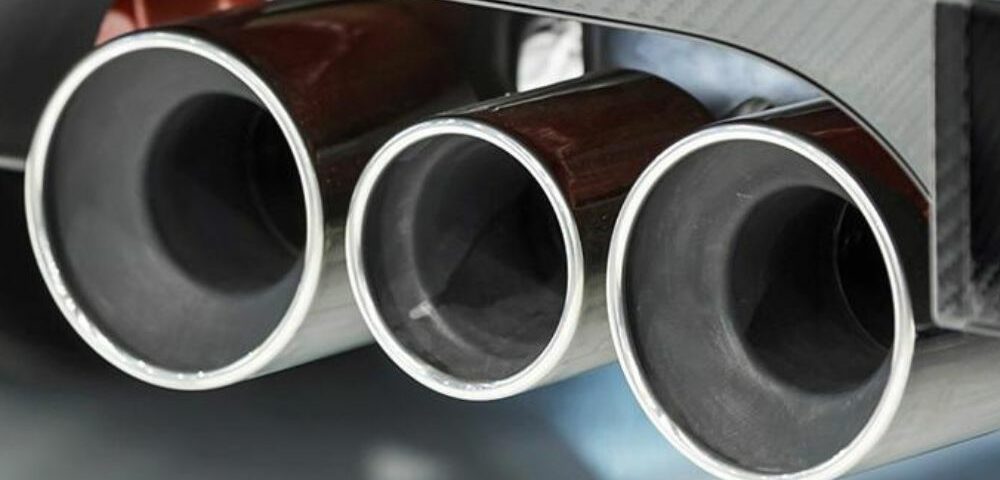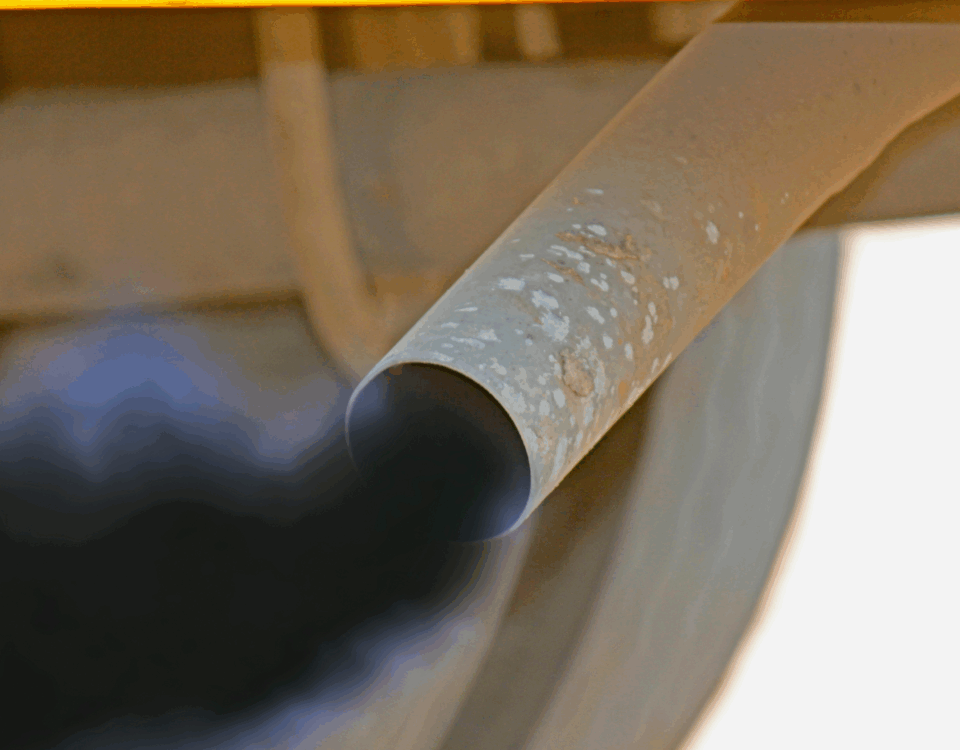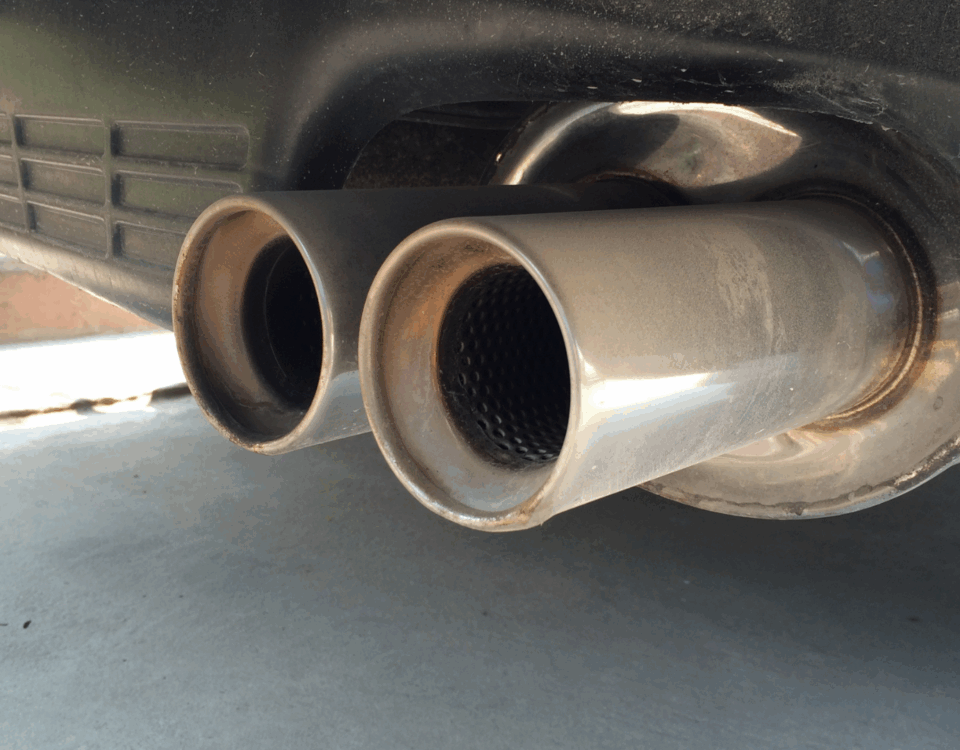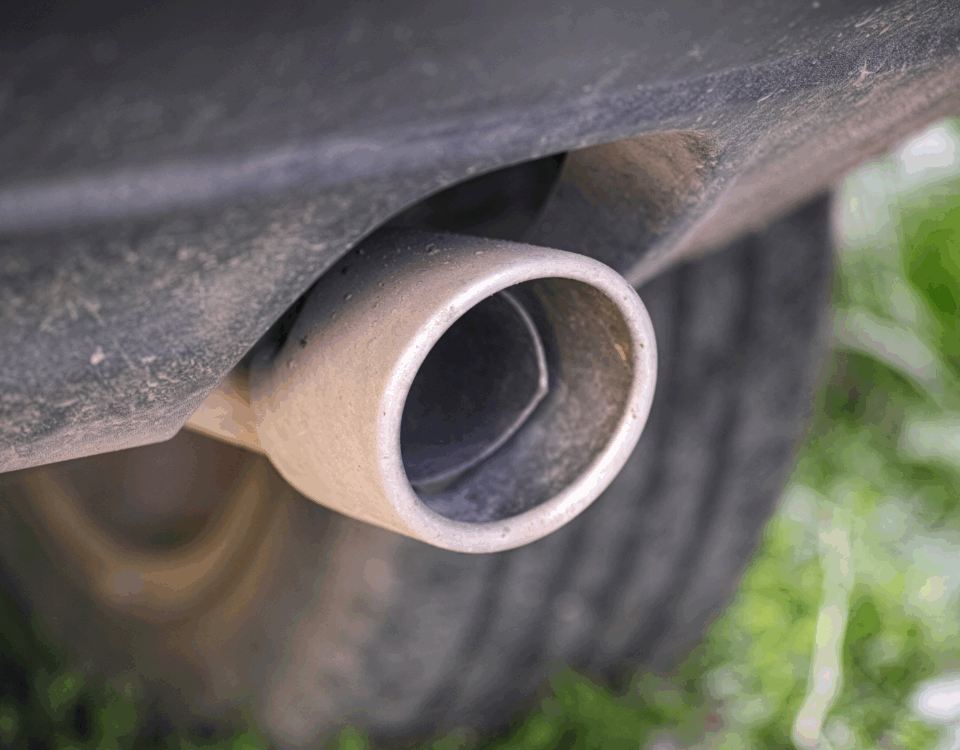What to Expect at a Smog Inspection Station: An Insider’s Look
November 17, 2023
How to Choose the Right Smog Inspection Station for Your Vehicle
November 17, 2023In the ongoing pursuit of environmental conservation, smog inspection station play a pivotal role in ensuring that vehicles on our roads adhere to stringent emission standards. This article delves into the critical role these inspection stations play in safeguarding the environment, explaining how their procedures contribute to cleaner air and a healthier planet.
Understanding Emission Standards:
Smog inspection stations are tasked with enforcing emission standards set by regulatory authorities. These standards dictate the acceptable levels of pollutants, including nitrogen oxides, carbon monoxide, and hydrocarbons, emitted by vehicles. By ensuring compliance, smog inspection stations actively contribute to reducing air pollution.
Identifying High-Polluting Vehicles:
The primary function of a smog inspection station is to identify vehicles that exceed established emission standards. Through thorough testing, these stations pinpoint high-polluting vehicles, prompting owners to address issues and mitigate their environmental impact.
On-Board Diagnostics (OBD) System Checks:
Modern vehicles are equipped with On-Board Diagnostics (OBD) systems that monitor the performance of various components. Smog inspection stations conduct OBD system checks to detect malfunctions or error codes that may contribute to excessive emissions. This diagnostic approach aids in early detection and resolution of potential issues.
Tailpipe Emissions Testing:
The cornerstone of a smog inspection involves tailpipe emissions testing. By analyzing the gases expelled from a vehicle’s exhaust, inspectors can accurately measure the levels of pollutants. This comprehensive evaluation ensures that vehicles on the road meet or exceed emission standards, minimizing their impact on air quality.
Preventing Environmental Degradation:
High levels of air pollution can lead to a range of environmental issues, including smog formation, acid rain, and damage to ecosystems. Smog inspection station act as a frontline defense against these problems by preventing the release of harmful pollutants into the atmosphere.
Encouraging Vehicle Owners to Maintain Their Vehicles:
Smog inspections create a proactive environment where vehicle owners are encouraged to maintain their vehicles regularly. Routine maintenance, such as oil changes, air filter replacements, and engine tune-ups, not only improves the chances of passing a smog inspection but also contributes to overall vehicle efficiency and longevity.
Legal Compliance and Accountability:
Smog inspection stations ensure that vehicle owners comply with local and state regulations regarding emissions. By holding vehicle owners accountable for maintaining their vehicles to meet emission standards, these stations contribute to a culture of environmental responsibility.
Educating Vehicle Owners:
Smog inspection stations also play an educational role, providing vehicle owners with information about the importance of emission standards and the impact of vehicle emissions on the environment and public health. This awareness fosters a sense of responsibility among vehicle owners.
Contributing to Air Quality Improvement:
The cumulative effect of smog inspection stations’ efforts is the overall improvement of air quality in communities. By reducing the number of high-emission vehicles on the road, these stations actively contribute to creating cleaner and healthier living environments.
Smog inspection stations serve as crucial guardians of the environment, ensuring that vehicles adhere to stringent emission standards. Through their testing procedures, diagnostic checks, and educational initiatives, these stations contribute to a collective effort toward cleaner air and a more sustainable planet. Recognizing the pivotal role of smog inspection stations in environmental protection is a key step toward fostering a culture of responsible vehicle ownership and safeguarding the well-being of our communities and the world at large.
Read More:
How to Choose the Right Smog Inspection Station for Your Vehicle
What to Expect at a Smog Inspection Station: An Insider’s Look






